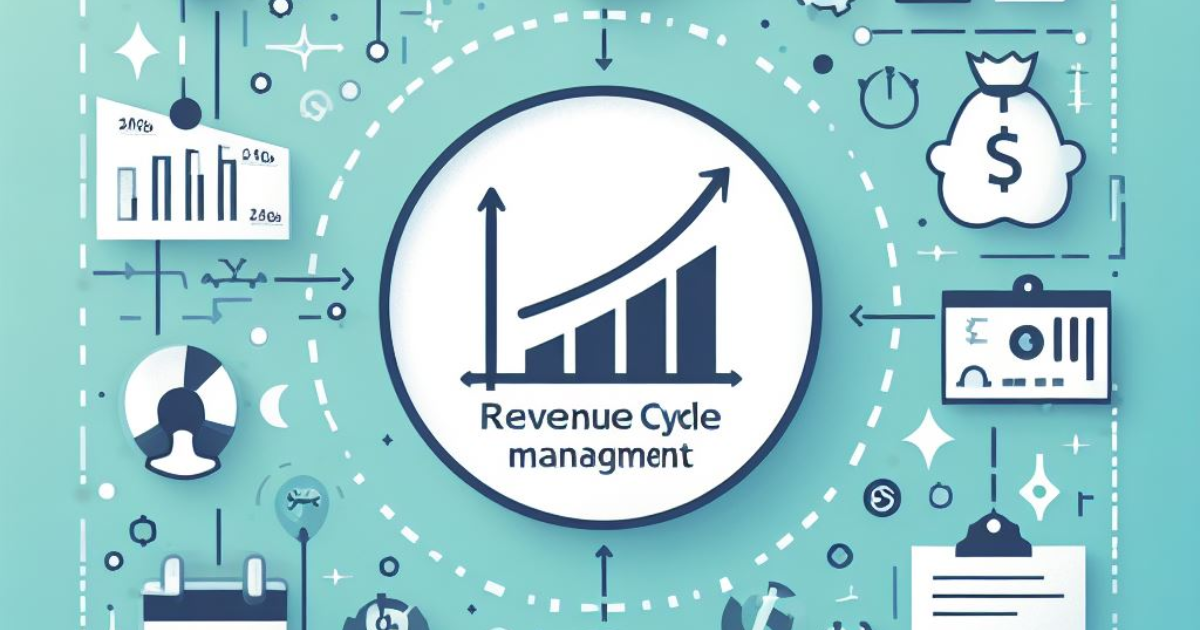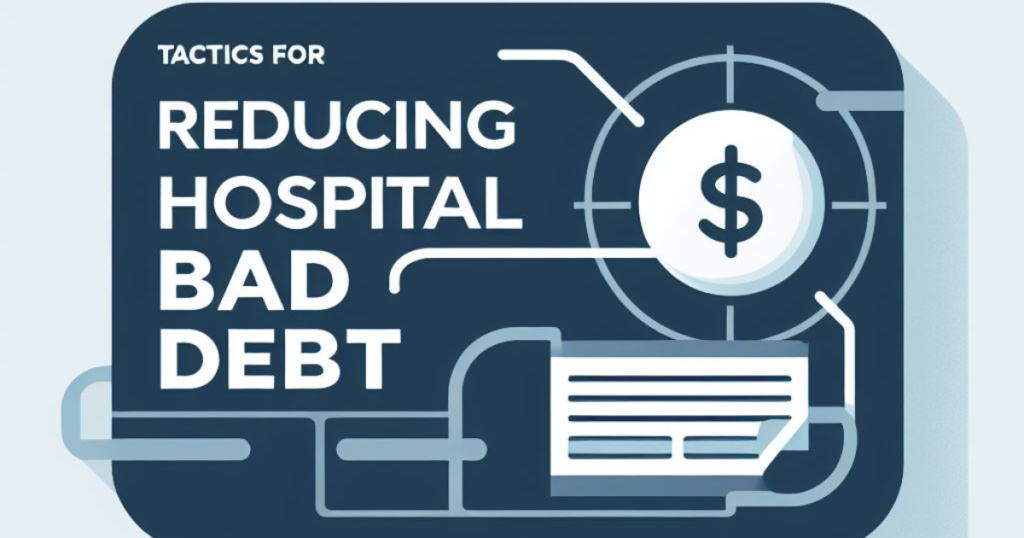
Healthcare practices face numerous financial challenges in today’s industry, including declining reimbursement rates from insurance companies and government programs, rising operating costs, increased competition, complex regulations, medical debt, and cybersecurity threats. The decrease in reimbursement rates means that practices are receiving less money for the services they provide, putting a strain on their finances. At the same time, the cost of supplies, labor, and technology is increasing, leading to higher operating costs for practices.
Given the challenges, managing revenue cycles has become increasingly complex. To maximize revenue and effectively manage costs, healthcare practitioners must ensure accuracy in their Medical Billing process. This is best done by tracking the relevant Medical Billing KPIs.
Importance of Medical Billing KPIs
Medical Billing is the process of submitting, tracking, and managing claims with health insurance providers to receive payments for services provided. Proper Medical Billing helps streamline the revenue cycle management process, ensuring payment accuracy and timely reimbursement from insurers.
A key component of Medical Billing is tracking KPIs (Key Performance Indicators). Medical Billing KPIs measure the performance and efficiency of Medical Billing processes, allowing healthcare practices to,
- Increase Revenue: By monitoring the performance of your Medical Billing KPIs, you can identify areas that need improvement and take steps to increase revenue.
- Improve Efficiency: Tracking KPIs provides insight into which processes can be streamlined or automated to make them faster and more efficient.
- Maximize Reimbursement: Analyzing KPIs can help you optimize reimbursement rates by negotiating better contracts with insurers and other payers.
- Identify & Reduce Errors: Regularly tracking your Medical Billing KPIs can allow you to identify errors or missteps in your billing processes and take steps to address them.
Knowing how to measure and analyze key performance indicators can ultimately help you improve your Medical Billing process and increase patient satisfaction.
Key Medical Billing Metrics (KPIs) to Track
Remember, Medical Billing KPIs should include the following 5 for them to be relevant – accuracy, timeliness, consistency, visibility, and scalability.
Let us now have a look at the top 8 Medical Billing KPIs that practices track to achieve process efficiency and revenue maximization.
1. Data Collection
It measures the accuracy of data collected by the front desk regarding patient demographics, insurance details, collecting other relevant data, and posting it in the right place.
2. Claim Lag Time
It measures the average number of days between the visit of a patient and the submission of service to the payer. A longer claim lag time slows down the entire revenue cycle. Benchmarking against this metric can serve as a warning signal for healthcare practitioners.
3. Account Receivable Days (A/R days)
It measures the average number of days it takes for a healthcare practice to collect payments from insurance companies after services have been rendered. It is calculated by dividing the total accounts receivables by the average daily revenue and then multiplying by the number of days in a year. A low number indicates that the practice is effectively managing its billing and collections processes and receiving payments more quickly.
Healthcare Practices must aim for the industry benchmark of 33 days in A/R.
4. Clean Claim Ratio (CCR)
This measures the percentage of claims submitted and reimbursed successfully in the first go. The higher this ratio, the better it is.
Formula = Claims reimbursed in the first go / Total claims submitted
5. Denial Rate
Like CCR, the denial rate measures the claims that were denied out of the total submitted claims. A high denial rate requires investigation to find out the reasons for the denial and adopting an appropriate course of correction.
6. Gross Collection Ratio
It is a measure of total payments divided by total charges. A high ratio means that the practice can collect most of its billed charges, which is a healthy sign.
7. Net Collection Ratio
It is like the gross collection ratio but with a different denominator. The denominator here is the total allowed charges and not the total charges. This ratio serves as a more refined metric as it focuses on allowed charges.
8. Bad Debt Rate
Bad debt is the medical bill that remains unpaid. The bad debt rate is calculated by dividing total bad debts by total charges. The bad debt rate can be lowered by collecting patient co-pays upfront and accurately verifying insurance coverage.
As we see here, employing Medical Billing KPIs (key performance indicators) is a great way to measure the effectiveness of Medical Billing processes, determine areas for improvement, and ensure accurate payment collection.
Tracking Medical Billing KPIs can be a challenge for medical practices of all sizes and specialties
How to Track Medical Billing KPIs?
While it can be done manually, we do not recommend that as it can be cumbersome and more prone to errors. With the right technology, medical providers can monitor Medical Billing KPIs with ease and expertise. Modern Medical Billing technology automatically collects data from medical claims, payment processing systems, and other sources to analyze and report on key performance metrics. This helps medical staff interpret and understand trends easily so they can make informed decisions about their medical billing operations.
Additionally, medical practices can also benefit from expert assistance when it comes to medical billing KPIs. Specialists can provide medical providers with valuable advice and guidance on how to properly monitor their Medical Billing process and identify areas of improvement. They can also provide medical providers with detailed analysis of medical billing KPIs to ensure that medical practices can maximize revenue and achieve their financial goals. By leveraging technology and expert assistance, medical practice owners can confidently track medical billing KPIs.
Conclusion
When it comes to Medical Billing and Revenue Management, it is important to,
- Input accurate, timely data and maintain the consistency of inputs for accuracy.
- Utilize the data to calculate the right metrics for improvement in overall financial health.
- Optimize the understanding of the metrics, underlying causes of concern, and corrective actions.
For this, you can use powerful technology or expert assistance to handhold you through the complex maze of endless processes and areas of improvement. Start tracking Medical Billing KPIs today to unlock new revenue streams and optimize your business operations.
To learn more, you can get in touch with Medical Billing experts at Apaana Healthcare.
References –
1. CMS – https://www.cms.gov/Medicare/Coding/ICD10/Downloads/ICD10KPIs20160309.pdf
2. Greenway Health – https://www.greenwayhealth.com/knowledge-center/greenway-blog/7-kpis-3-tips-improving-medical-billing-performance
3. MHRCM – https://www.mhrcm.com/blog/top-medical-billing-kpis-every-practice-should-tracking
4. Tempdev – https://www.tempdev.com/blog/2022/12/27/8-medical-billing-kpis-your-practice-should-be-tracking/
5.PrognoCIS – https://prognocis.com/medical-billing-kpis-your-practice-should-be-tracking/






